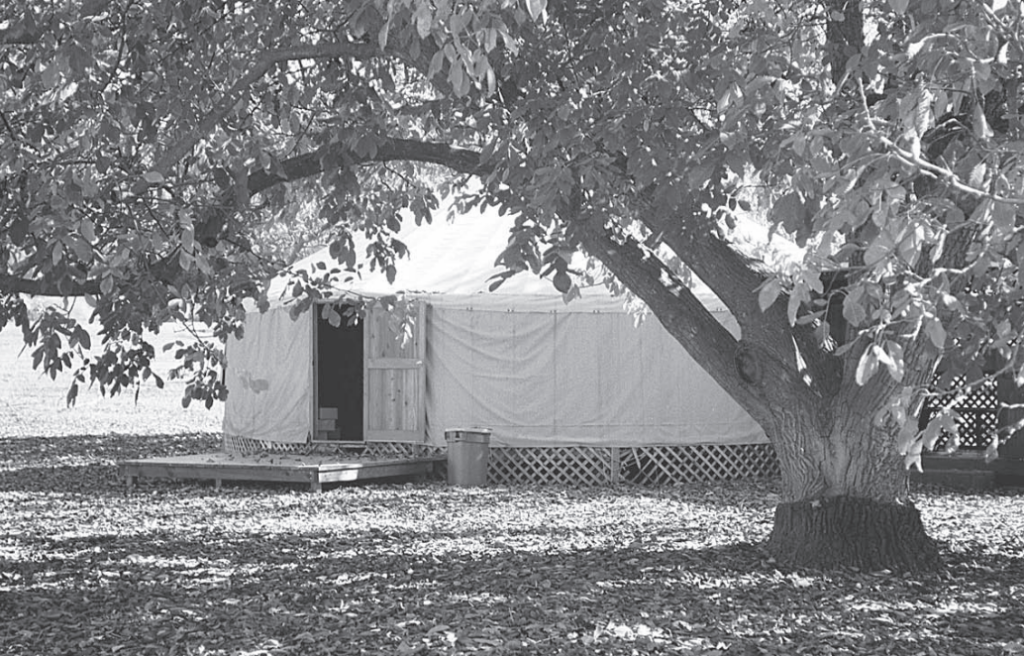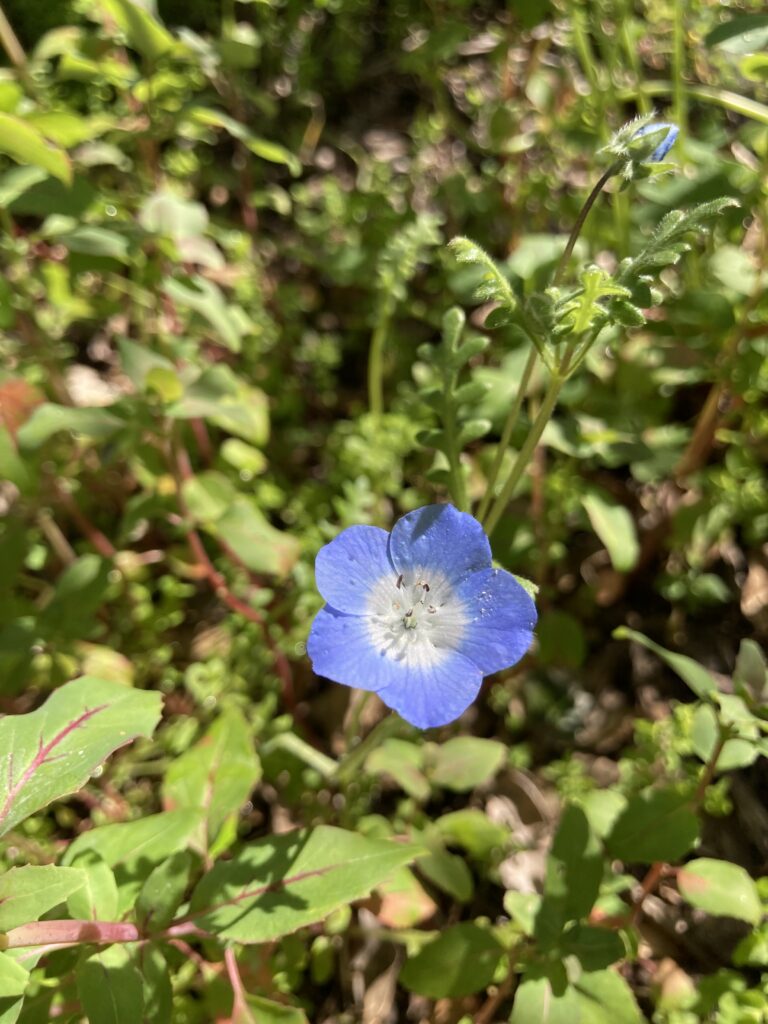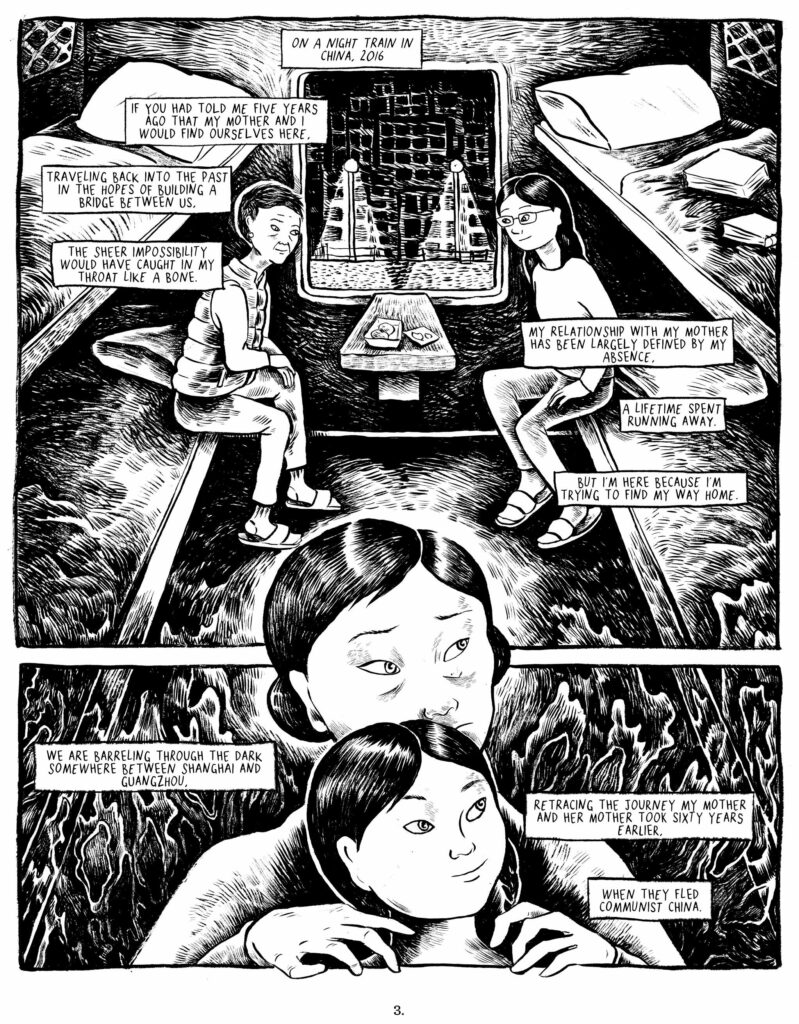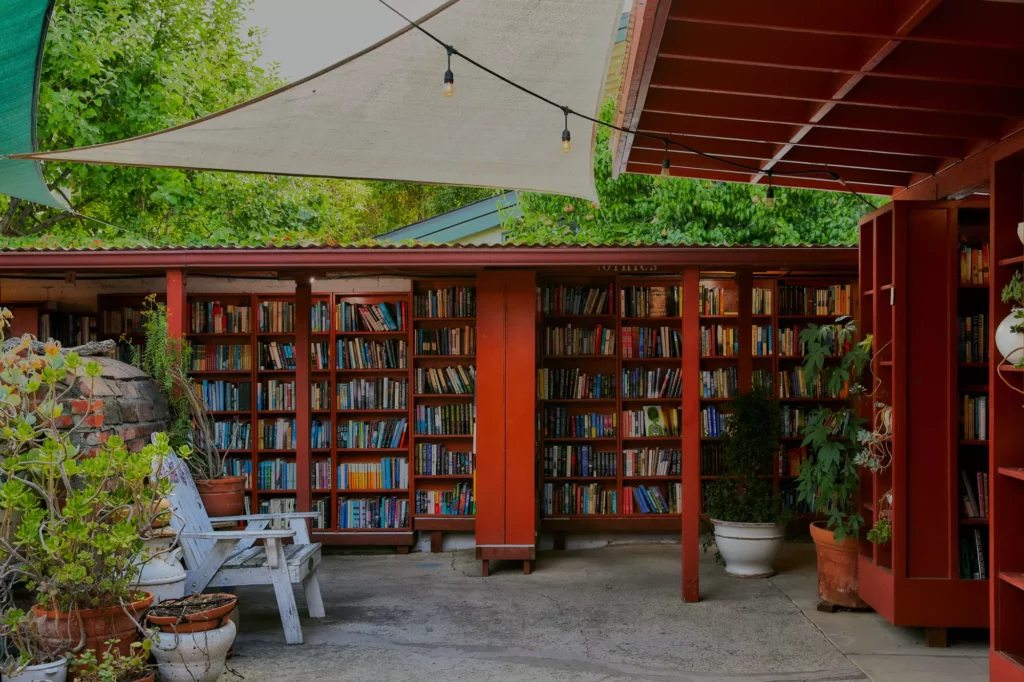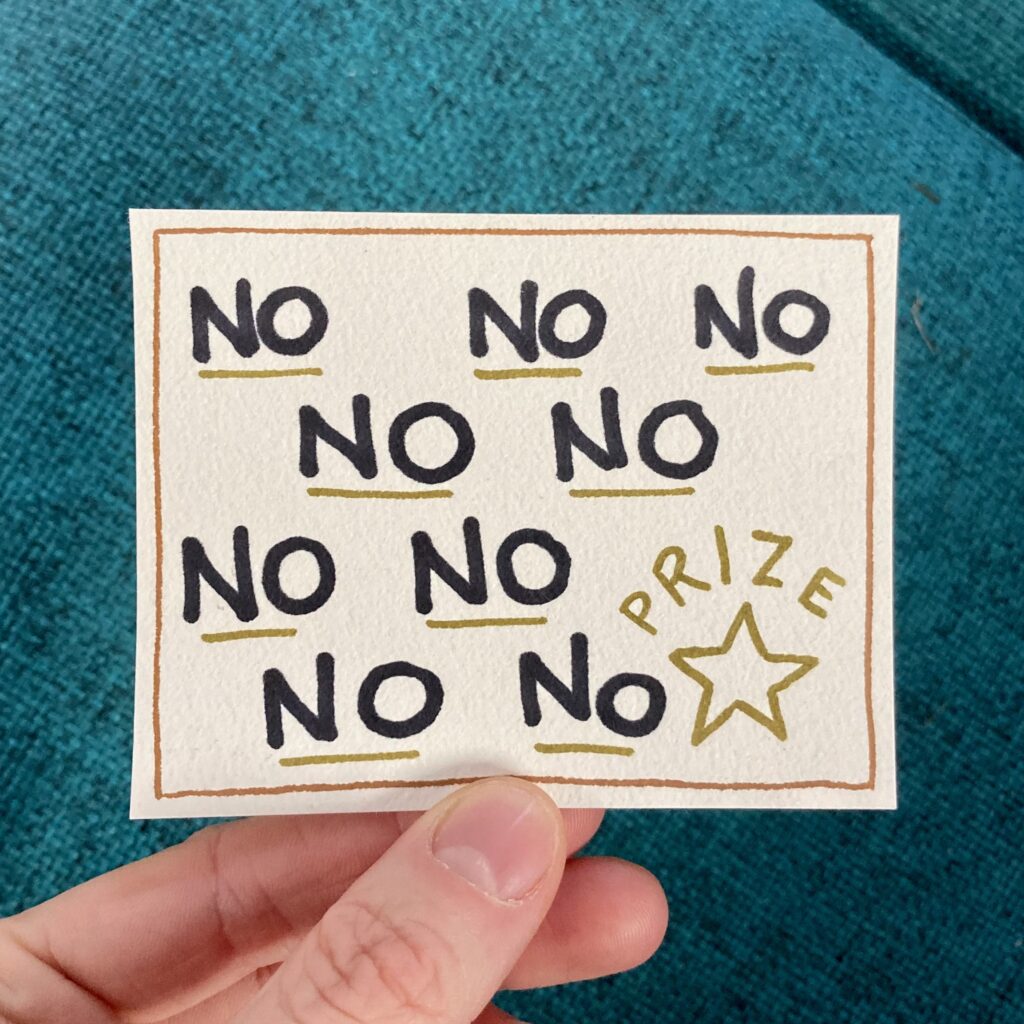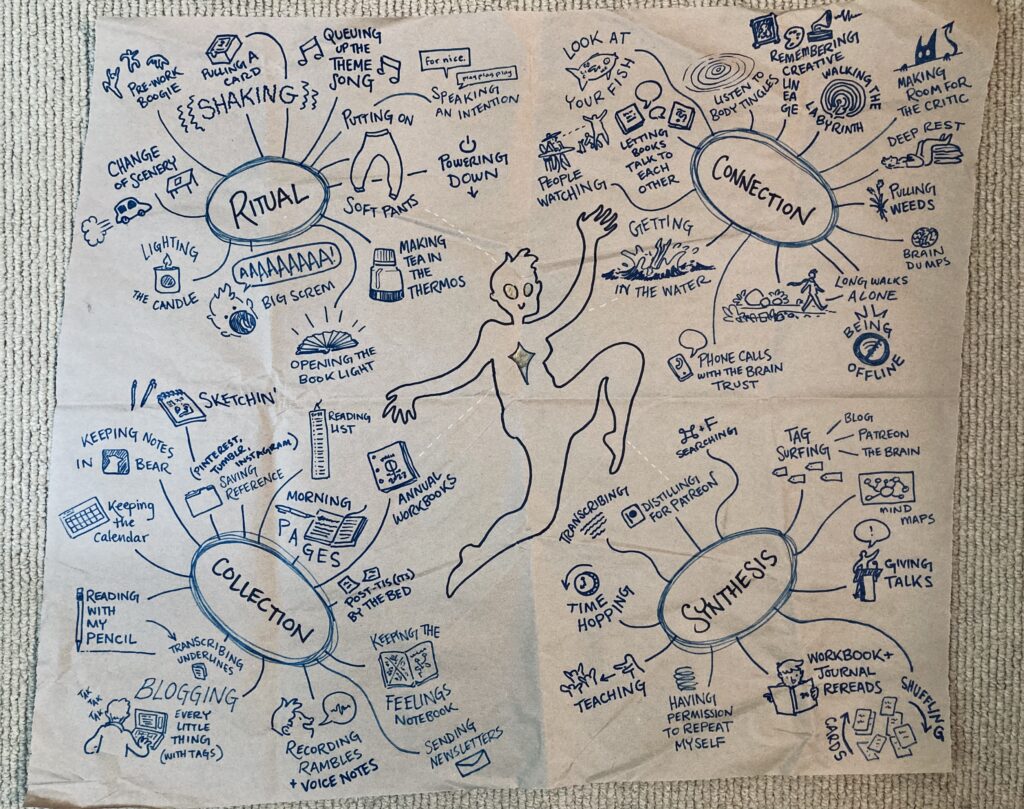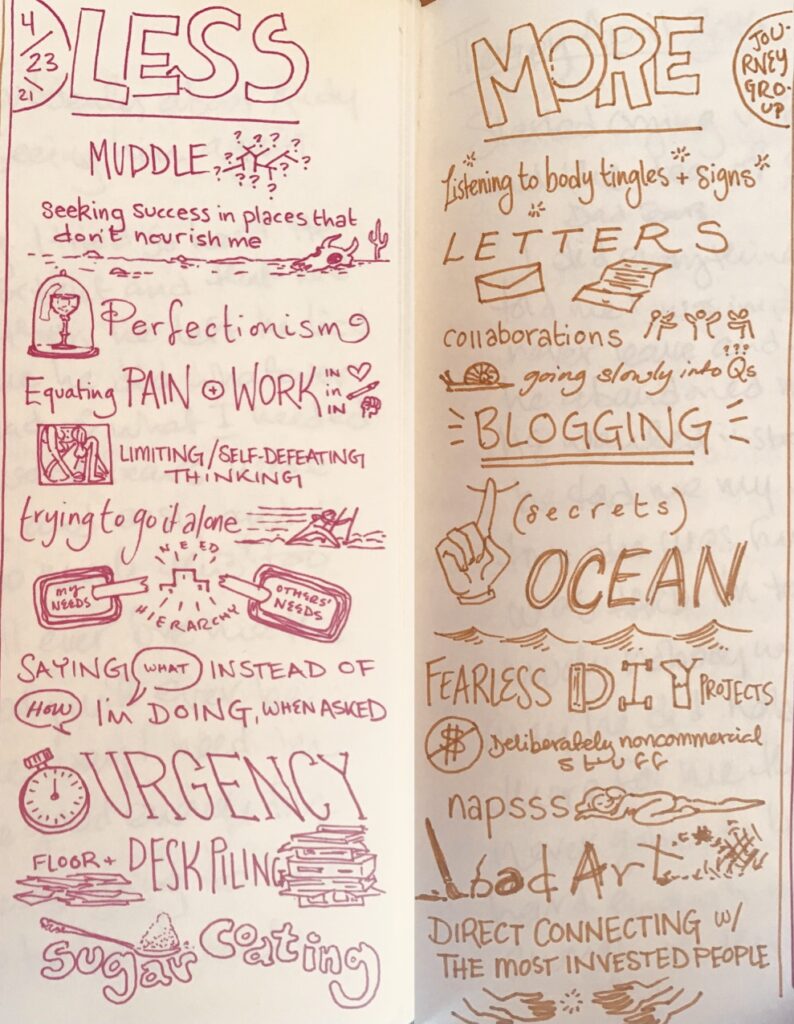Dennis Rice, former headmaster of my eccentric, much-loved little high school, wrote some thoughts about the Morning Assemblies we used to hold. I’m reproducing it here because I haven’t written anything in a long while and it touched me and what is a blog for if not to collect things that touch us?
The choice is always ours. Then, let me choose
The longest art, the hard Promethian way
Cherishingly to tend and feed and fan
That inward fire, whose small, precarious flame,
Kindled or quenched, creates
The noble or ignoble men we are,
The worlds we live in and the very fates,
Our bright or muddy star.
Aldous Huxley
The 17 students of my first Happy Valley year slowly grew to 30 then 40. The new buildings wallowed on a muddy hillside, waiting for many Project Days to come before they could be planted and green. Like much of the experimental nature of what we did in those years, we did not pave the paths of the school until people had walked on campus for two years. The paths designated themselves.
To the chagrin of some alums, I admitted other than classical music to Morning Assembly.
When my mind drifts back to HVS, it often lands on Morning Assembly. Each day, rain or shine, students and teachers would gather together—at first in the new Commons, but by the mid-eighties, in a large yurt—seated in a circle on zafu cushions, having all removed our shoes before entering. A selection of gentle music was played, often orchestral or single instrument, on occasion played live by Eddie Guthman and the Advanced Band, and then there would be a reading.
I still have a dozen books that are severely dog eared for morning readings (Huxley’s Perennial Philosophy or The Choice is Always Ours), as I would read on Monday and then solicit volunteers for the remainder of the week. It was rare that anything trivial was chosen. In fact, we had a shelf in the library dedicated to good quotes and readings for assembly. After the reading, we would all sit in silence—a remarkable feat for a room full of teenagers, but it happened every morning. Morning Assembly was an important time for the community, a time to start together before we began the challenges of the day.
I realize that it was not all that popular with every student at the time—some of those mornings were cold—but I would like to think that more than a few look back on those mornings fondly. I understand that Morning Assembly was one of the first things to go after my departure, as David Anderson, who followed me, generally looked on it as a waste of time. It moved to mid-morning and met only on selected days. I would wager that the school still gathers in some way and there are a few old timers still on campus who attempt to keep part of the old flame alive, but the magic of those often cold mornings, sitting in a circle with colleagues and students, still lingers with me after these long years. My gaze drifts around that circle, bringing an endless chain of faces and voices, 27 years’ worth.
I reach over to one of those dog-eared tomes, open to a random page, and read:
Any friendship—between two or a hundred—entails a new emergent unity, where each of the constituent selves is far more in its functional oneness with the rest than it ever was in its apartness.
Gregory Vlastos, 1909, Canadian professor of philosophy
